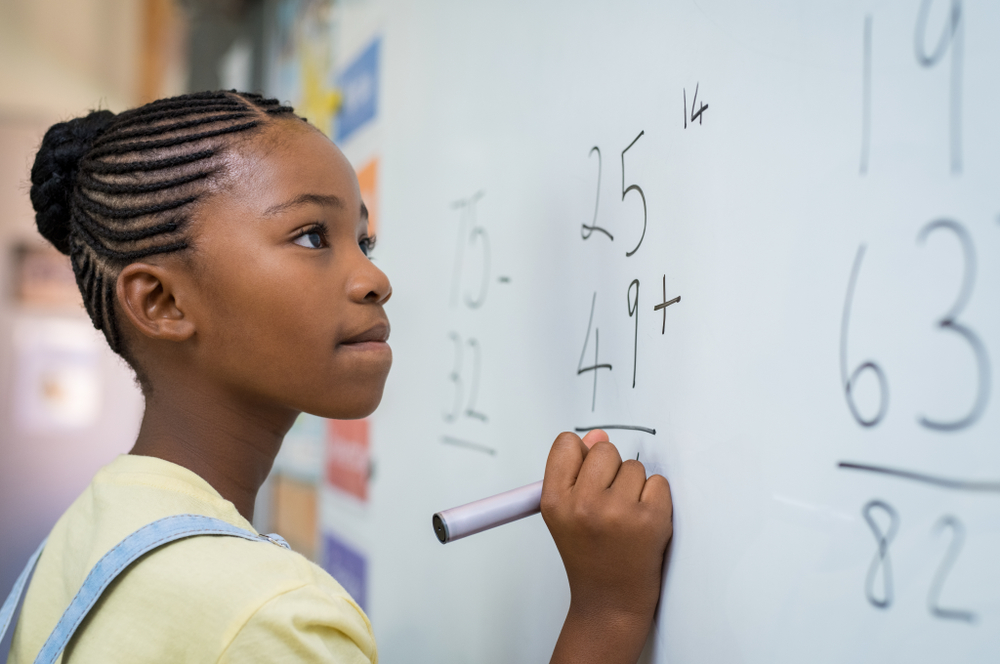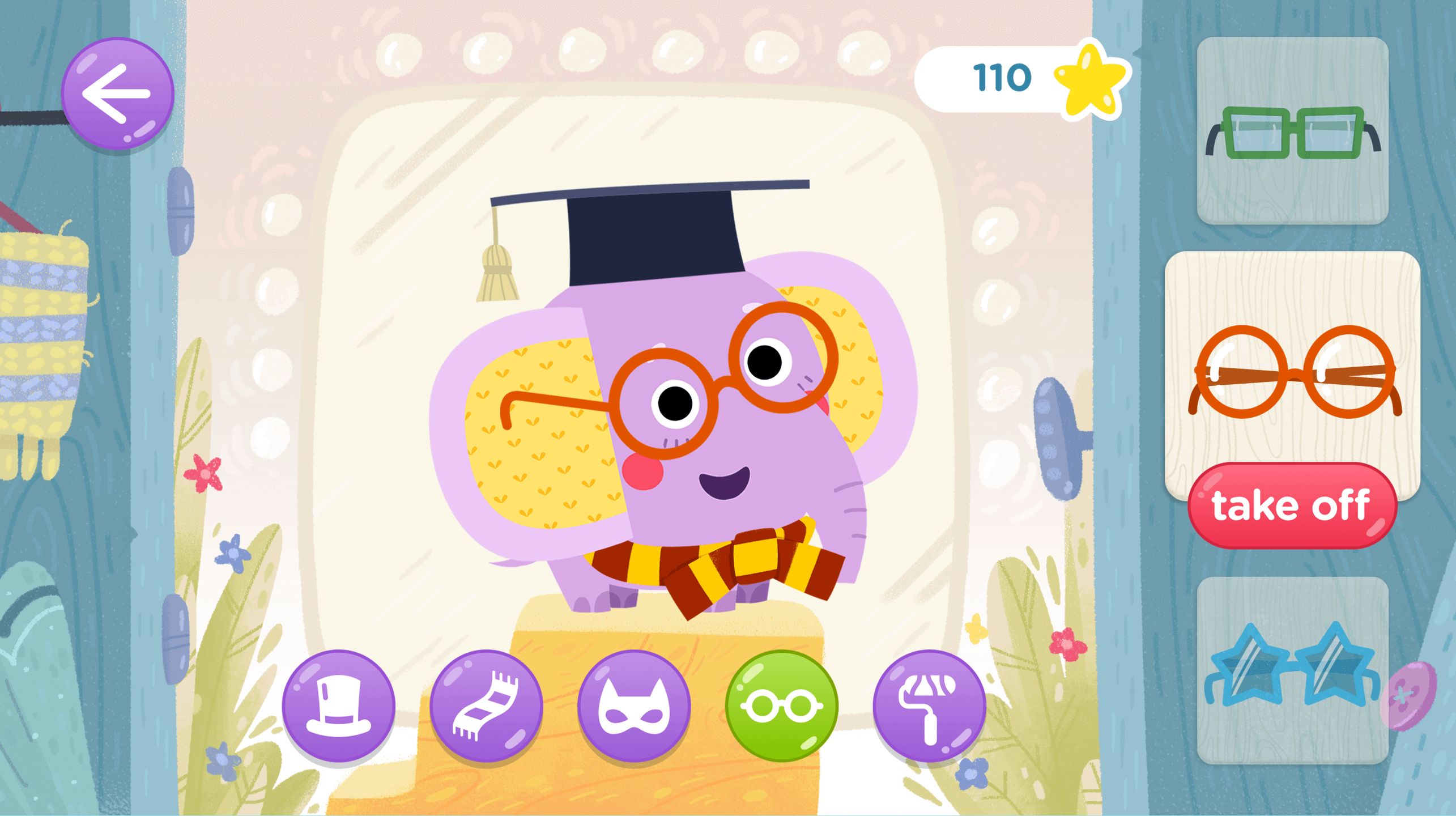Understanding subtraction Normal Addition & Subtraction Worksheets for Ages 3-6
5 filtered results
-
From - To
Discover an engaging way to teach your young learners the concept of subtraction with our "Understanding Subtraction Normal Addition & Subtraction Worksheets" designed for ages 3-6. These worksheets provide a variety of playful, age-appropriate activities that make learning subtraction fun and interactive. Your children will explore key mathematical skills through vibrant visuals, hands-on exercises, and simple problem-solving tasks. Perfect for early grade learners, these worksheets help build a strong foundation in arithmetic while enhancing critical thinking and number recognition. Start their mathematical journey today and watch them easily grasp the principles of subtraction with joy and confidence!
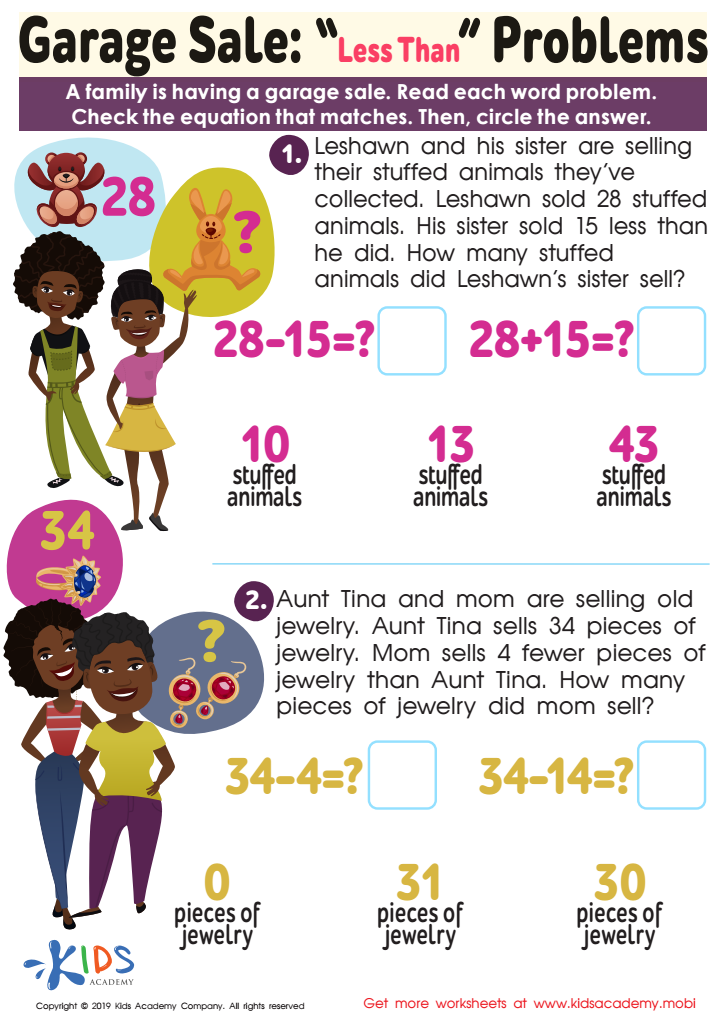

Garage Sale Less Than Worksheet
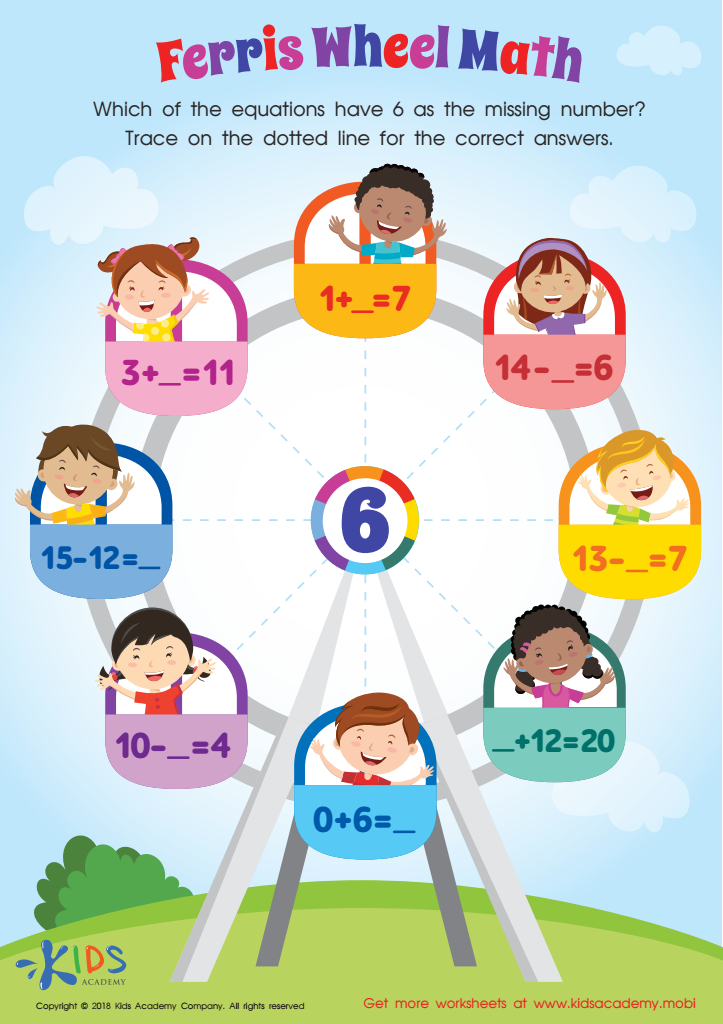

Missing Number: Ferris Wheel Math Worksheet


Matching Subtraction Equations To Base 10 Models Worksheet
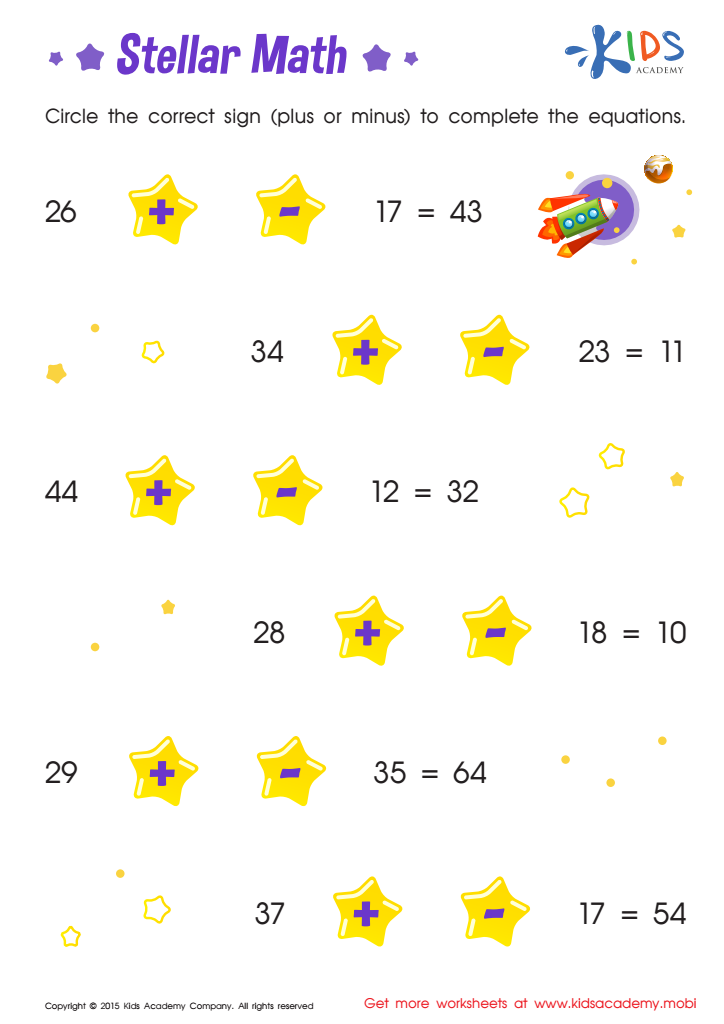

Stellar Math Substraction Worksheet


What Equation Is That? Worksheet
Understanding normal addition and subtraction is crucial for children aged 3-6 because it lays the foundation for future mathematical learning and overall cognitive development. At this stage, children begin to grasp basic number concepts, and introducing them to simple addition and subtraction helps them understand how quantities relate to one another.
By teaching children how to recognize and perform these operations, parents and teachers help develop their problem-solving skills and critical thinking abilities. Mathematics activities can be integrated into everyday life, such as counting objects, sharing toys, or cooking, making learning more engaging and relatable.
Furthermore, a strong grasp of addition and subtraction supports a child's self-confidence and fosters a positive attitude toward learning. As they progress, these basic skills will underpin more complex concepts in mathematics, helping them succeed in school and beyond.
Investing time in teaching these skills also enhances fine motor skills through hands-on activities and promotes social skills during collaborative exercises, reinforcing cooperative play and communication. Understanding subtraction, in particular, is key to fostering resilience and persistence in problem-solving, qualities that are important for academic success and everyday challenges.

 Assign to My Students
Assign to My Students


